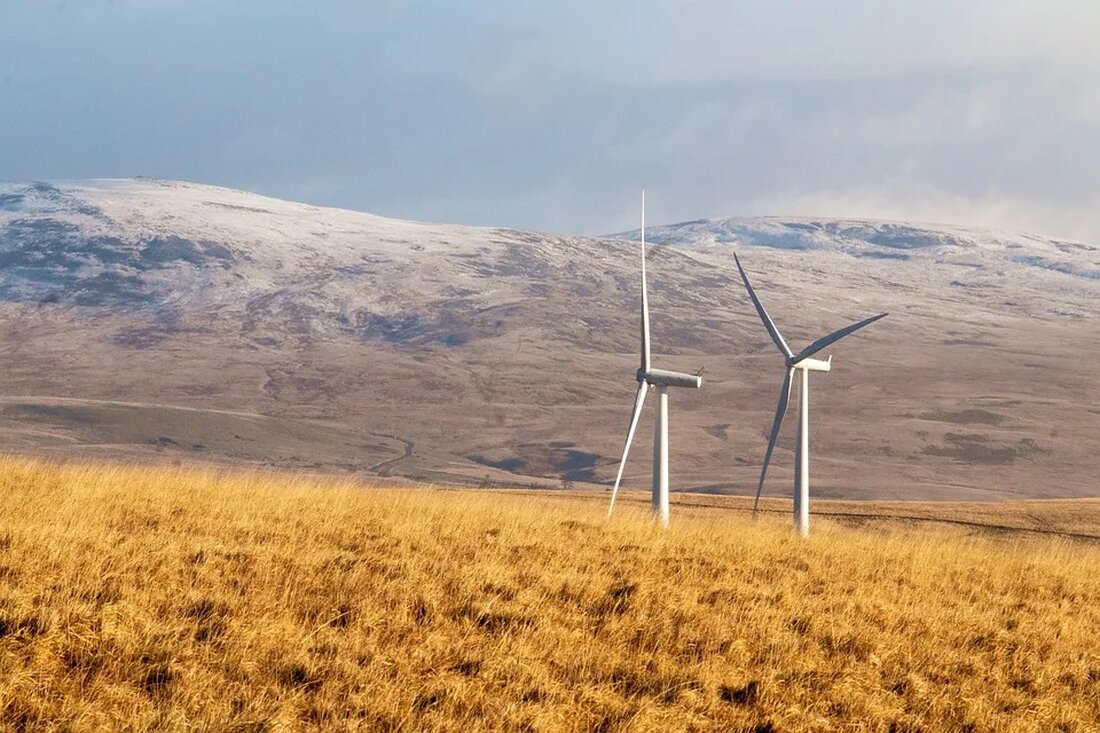The influence of wind farms on birds
in Wind Farms Wind farms, also known as wind farms, are collections of large wind turbines used to generate electricity. They were invented as a green and renewable energy source and were intended to help move away from fossil fuel consumption. In recent decades the number of wind farms has increased worldwide. While wind energy has many benefits, there is also a controversial debate about its impact on nature, particularly on bird life. Wind Farms and Birds – A Dilemma The potential impact of wind farms on birds has become a major concern for conservationists, politicians and the general public. Studies have shown that wind farms...

The influence of wind farms on birds
in wind farms
Wind farms, also known as wind farms, are collections of large wind turbines used to generate electricity. They were invented as a green and renewable energy source and were intended to help move away from fossil fuel consumption. In recent decades the number of wind farms has increased worldwide. While wind energy has many benefits, there is also a controversial debate about its impact on nature, particularly on bird life.
Wind farms and birds – a dilemma
The potential impact of wind farms on birds has become a major concern for conservationists, politicians and the general public. Studies have shown that wind farms can have both short and long-term impacts on birds.
Collisions with wind turbines
Perhaps the most visible and direct impact of wind farms on birds is the risk of collision with wind turbines. The blades of a turbine rotate at an impressive speed that can cause collisions and death in adult birds.
There is evidence that some bird species are more vulnerable to collisions than others. Birds of prey, which often spend time near wind turbines, are particularly affected.
Loss of habitat and food
Not all effects of wind farms on birds are as direct threats as collisions. The construction of wind farms can also lead to loss of habitat and food.
When wind farms are built, a portion of the birds' habitat is replaced or destroyed. Especially when wind farms are built in areas that serve as breeding or feeding areas, this can have a major impact on local bird populations.
How big is the problem really?
But how big a problem are wind farms and their impact on birds really? The actual impact of wind farms on bird populations is difficult to quantify and is the subject of ongoing research. The results of previous studies vary greatly depending on the location of the wind farm, the bird species examined and the methods used to measure the impacts.
However, it is important to note that other human activities, such as buildings causing bird strikes or global warming, pose a much greater threat to birds than wind farms. Nevertheless, it is important to also minimize the impact of wind farms.
Strategies to mitigate impact on birds
Given the potential impact of wind farms on birds, researchers and engineers have developed various mitigation strategies.
One of the most important approaches is to pay attention to the choice of location. Wind farms should not be built in areas known to be important bird habitats. Environmental impact assessments should be carried out before a wind farm is approved.
Another approach is to develop and deploy technologies that distract birds from wind turbines. Some examples include acoustic deterrents, visual markings on the rotor blades, and radar or video systems that detect the approach of birds and automatically shut down the turbines.
Some wind farms also rely on biologists to monitor the birds' movements and turn the turbines on and off accordingly.
The way into the future
Although the number of wind farms continues to increase worldwide, it is encouraging to see that research and development of strategies to mitigate impacts on birds is increasing at the same time. It is important to find a balance between the need for renewable energy and the protection of wildlife.
With advancing research and growing interest in environmental issues, we see a positive trend towards sustainable energy sources that have as little impact on the environment as possible. With all progress, the main goal should be to find the balance between the need for renewable energy and the protection of birdlife.
Ultimately, further research and innovative solutions are required to ensure successful coexistence between wind farms and birds. Even if this represents a challenge, it should motivate us to find sustainable and environmentally friendly ways of generating energy and to implement them to the best of our ability.

 Suche
Suche
 Mein Konto
Mein Konto
